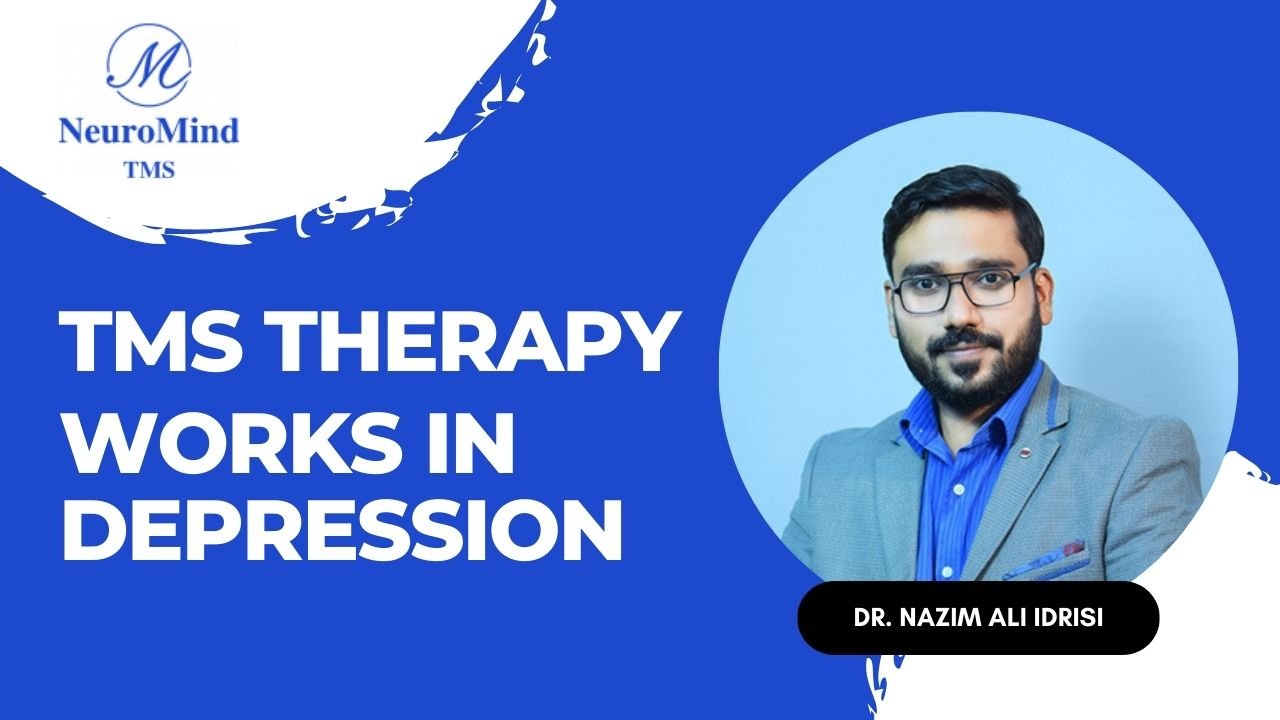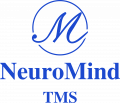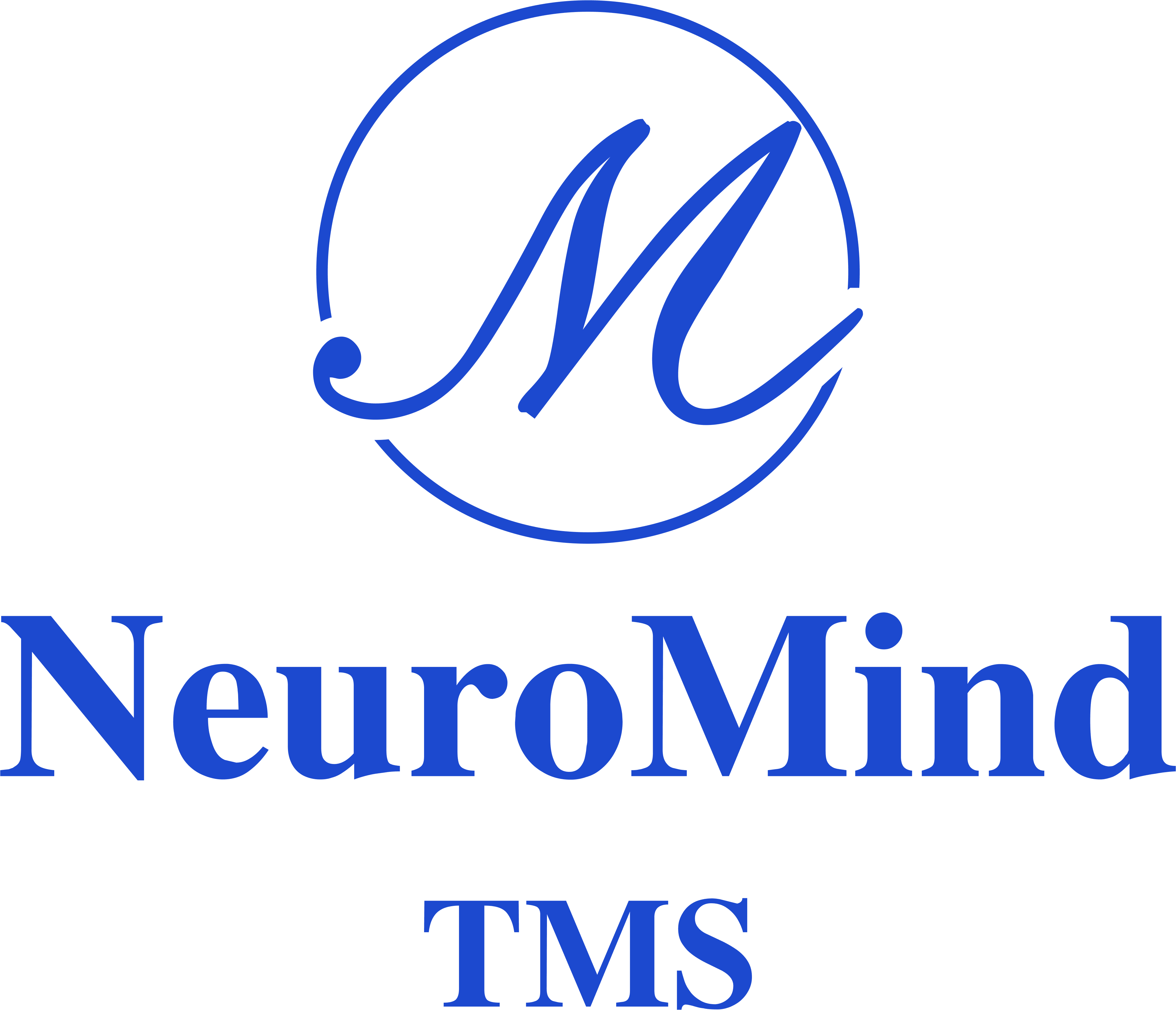
Depression is a widespread and debilitating mental health condition that affects millions of people worldwide. While conventional treatments such as medication and psychotherapy have proven effective for many individuals, not everyone responds to these therapies, and some may experience unwanted side effects. This has led to the exploration of alternative treatment options, one of which is Transcranial Magnetic Stimulation (TMS) therapy. In this article, we’ll delve into how TMS therapy works in the treatment of depression, its efficacy, and its potential as a revolutionary approach in the battle against this pervasive mental health disorder.
What is Depression
Depression, also known as major depressive disorder (MDD), is a common and serious mental health condition that affects a person’s emotional and psychological well-being. It is characterized by persistent and intense feelings of sadness, hopelessness, and a lack of interest or pleasure in activities that were once enjoyable. Depression can significantly impair a person’s ability to function in their daily life and can have a profound impact on their relationships, work, and overall quality of life.
What is TMS Therapy?
TMS therapy is a non-invasive medical procedure that uses electromagnetic fields to stimulate specific areas of the brain associated with mood regulation. Unlike electroconvulsive therapy (ECT), which involves electrical currents to induce seizures, TMS therapy does not require anesthesia and does not produce seizures.
History of TMS Therapy
TMS therapy has its roots in the early 20th century when physicians explored the use of electrical currents to stimulate the brain. The modern form of TMS, using magnetic fields, was developed in the 1980s and has since evolved into a promising treatment for depression.
FDA Approval and Acceptance
TMS therapy received approval from the U.S. Food and Drug Administration (FDA) in 2008 for the treatment of depression that doesn’t respond to other interventions. Since then, it has gained acceptance in the medical community as a viable and safe alternative for individuals with treatment-resistant depression.
How TMS Therapy Works
The Principle of Electromagnetic Stimulation
TMS therapy works on the principle of using powerful magnetic fields to stimulate specific areas of the brain. By targeting precise neural pathways associated with mood regulation, TMS aims to modulate brain activity and alleviate symptoms of depression.
Targeted Brain Regions
The primary brain region targeted in TMS therapy for depression is the dorsolateral prefrontal cortex (DLPFC). This area is involved in mood regulation and is often underactive in individuals with depression. By stimulating the DLPFC, TMS therapy aims to restore balanced brain function.
Mechanism of Action on Neural Pathways
TMS therapy increases neural activity in the targeted brain regions. This enhanced activity can lead to neuroplastic changes in the brain, effectively rewiring neural pathways to improve mood and alleviate depressive symptoms.
Neuroplasticity and TMS
Neuroplasticity refers to the brain’s ability to reorganize and adapt by forming new neural connections throughout life. TMS therapy harnesses this neuroplasticity by encouraging the brain to form new, healthier connections and promoting the release of neurotransmitters like serotonin and dopamine, which are crucial for regulating mood.
The TMS Treatment Process
Initial Evaluation and Assessment
Before undergoing TMS therapy, individuals must undergo a thorough evaluation to determine if they are suitable candidates. This assessment includes a review of medical history, current medications, and an examination of depression symptoms.
Treatment Sessions and Duration
TMS therapy typically involves daily sessions over several weeks, with each session lasting approximately 20 to 40 minutes. The duration of the treatment course may vary depending on individual responses and the severity of the depression.
Safety and Side Effects
TMS therapy is generally considered safe with minimal side effects. Common side effects may include mild scalp discomfort or headache during or after treatment. Unlike some medications, TMS therapy does not cause weight gain, sexual dysfunction, or other common medication-related side effects.
Customization of TMS Therapy
TMS therapy is a personalized treatment. The intensity and frequency of magnetic pulses can be adjusted for each patient, ensuring that the treatment is tailored to their specific needs.
Efficacy of TMS Therapy in Depression
Clinical Studies and Research Findings
Numerous clinical studies have demonstrated the efficacy of TMS therapy in treating depression, particularly in cases of treatment-resistant depression. Some studies have shown response rates of around 50% to 60%, with a significant portion of patients achieving remission from their depressive symptoms.
Success Rates and Patient Testimonials
Many individuals who have undergone TMS therapy report significant improvements in their mood, energy levels, and overall quality of life. Success stories from patients who have exhausted other treatment options highlight the potential of TMS therapy as a life-changing intervention.
Comparisons with Traditional Treatments
TMS therapy’s effectiveness is noteworthy, especially for individuals who have not responded to conventional treatments or have experienced intolerable side effects. It provides an alternative approach for those seeking relief from depression.
TMS Therapy vs. Other Depression Treatments
Comparisons with Medication
Unlike medications that affect the entire body, TMS therapy is highly targeted and does not involve systemic side effects. It is particularly appealing for those who wish to avoid medication or have not responded to it.
Comparisons with Psychotherapy
While psychotherapy remains a valuable component of depression treatment, TMS therapy offers an additional option for individuals who may not be responsive to talk therapy alone.
Combination Therapies
In some cases, TMS therapy is used in conjunction with medications or psychotherapy to maximize its benefits. A combination approach can be tailored to each individual’s needs.
Conclusion
Depression is a pervasive and often debilitating mental health condition. While traditional treatments like medication and psychotherapy have been effective for many, the advent of Transcranial Magnetic Stimulation (TMS) therapy offers fresh hope for those who haven’t found relief or have experienced undesirable side effects. TMS therapy’s non-invasive, targeted approach and impressive clinical results make it a promising addition to the arsenal of treatments for depression. With the potential for remission and improved quality of life, TMS therapy represents a significant step forward in the ongoing battle against this challenging mental health disorder, offering new possibilities and renewed optimism for those in need.



